Presenting the Llogara Pass
Driving along the coastal road from Orikum to Dhermi you will pass through Llogara Pass, a spectacular winding road, rising up to 1,027m and overlooking the Ionian coast of the Albanian Riviera. This is the highest point on the main coastal road between Vlore and Sarande. The experience of using this road is very impressive. However, don’t be surprised to see old aged ladies in black carrying heavy loads of wood for the winter, people riding on donkeys, shepherds walking undisturbed with their flocks of sheep, or just cows chilling for the sake of it – all along the main road! Once arriving at your destination, congratulate yourself on becoming a true Albanian driver!
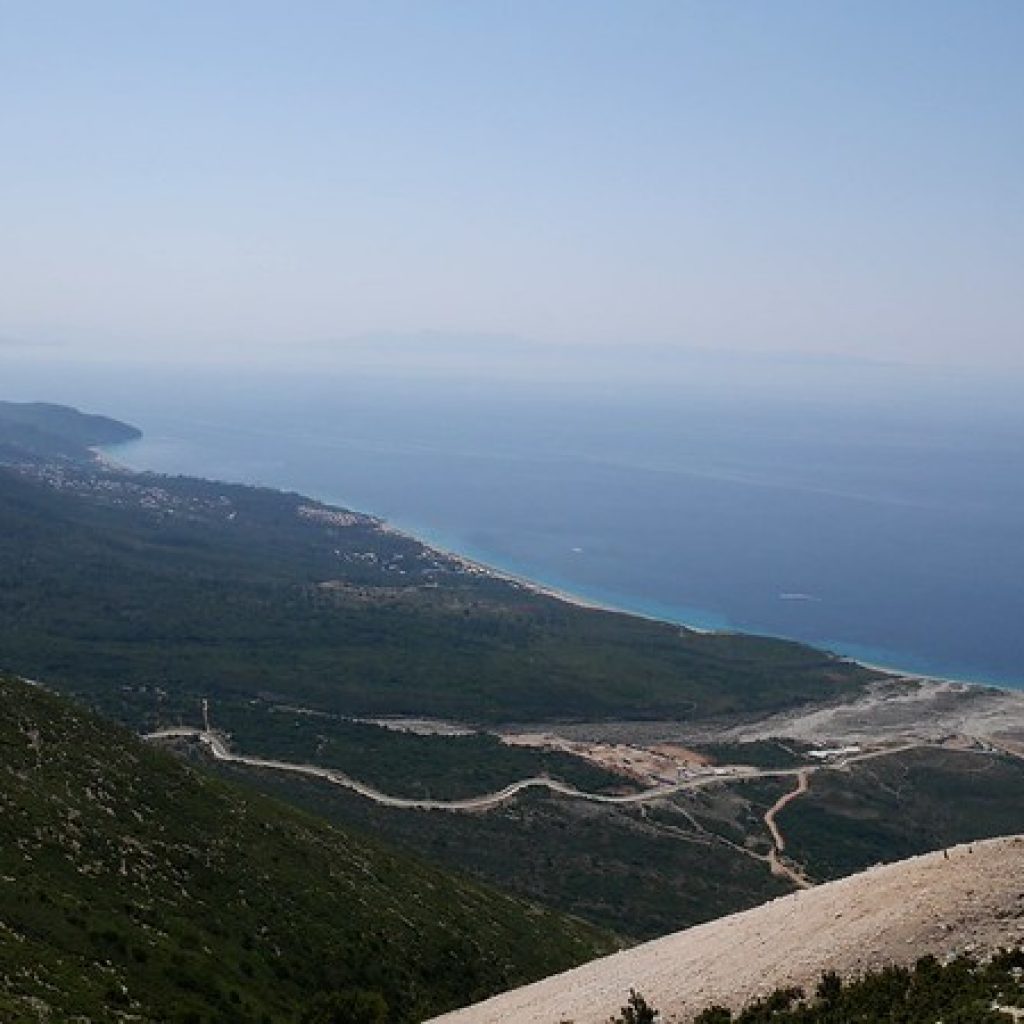
Starting from Konumi, the ascent is 22.8 km long. Over this distance, the elevation gain is 1.013 meters. The average percentage is 4.4 %. The surface of the road is asphalted, and chains or snow tires can be required throughout the year.
Llogara Pass connects the Dukat Valley in the north with the Albanian Riviera on the southern side. The pass is traversed by SH-8 road. It serves as a panoramic venue for exploring the Riviera from above and touching the clouds at the same time. It’s one of the best coastal drives in the world. The shooting of a Top Gear episode showing a breath-taking car pursuit along the winding coastal road, proves this.
Albanian Riviera gained international attention following this shooting of the Top Gear episode, the reconstruction of the coastal road in 2009, DJ Tiesto ‘s concert stop in Dhermi, and The Albanian Riviera was declared as the Top Value Destination in 2012 by Frommer’s.
Llogara Pass
Llogara Pass (Qafa e Llogarasë – in Albanian) is nestled in the middle of the Çika Mountain range which is part of the Llogara National Park. The Çika Mountain range starts at the Karaburun peninsula, and as it’s running south it’s becoming taller and taller. The top peak – Çika reaches 2,044 meters elevation, and it stands a little south of Llogara Pass. This mountain range runs almost for the whole length of the Ionian coast until the city of Sarande.
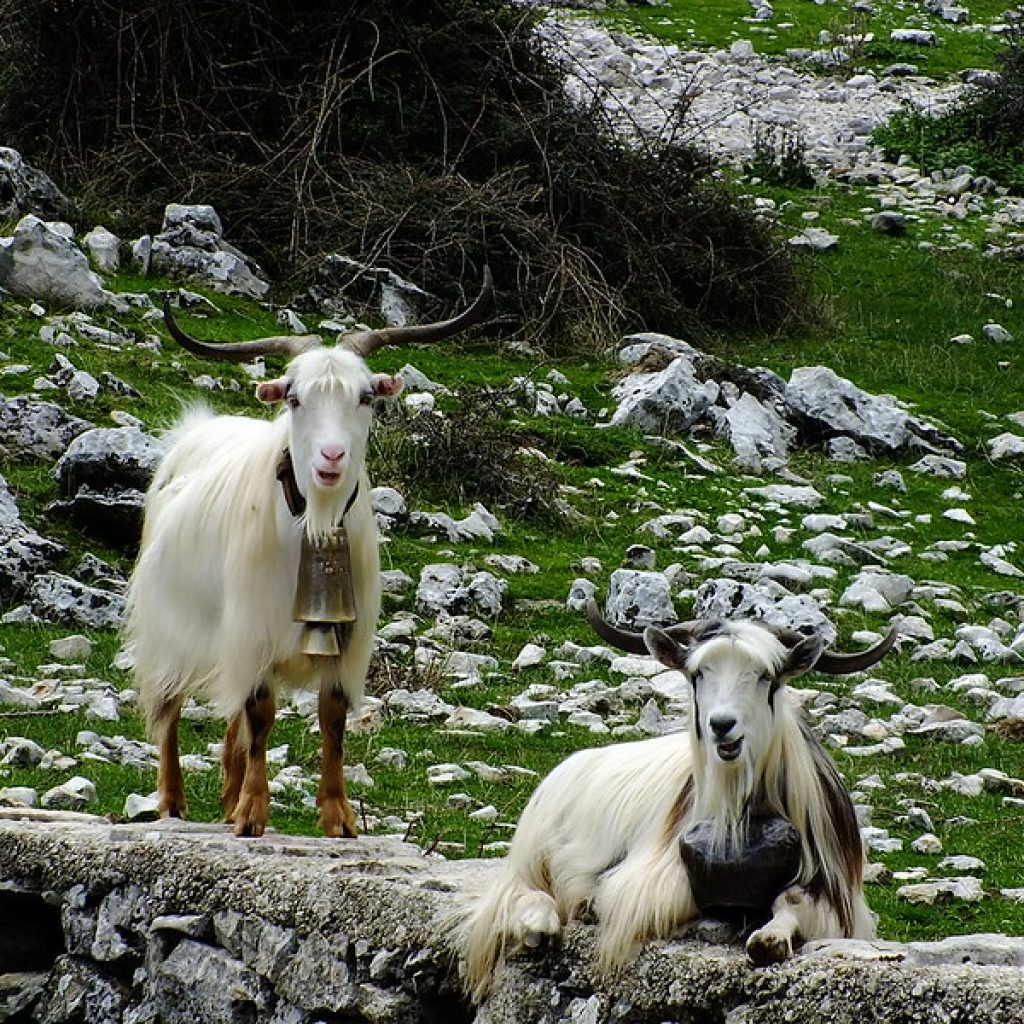
The Llogara Pass divides the mountains into a western and an eastern range. The western chains are also known as the Acroceraunian Mountains. In some places, the mountains fall directly into the sea. The Mountains have been remarked upon already by ancient authors such as Ptolemy, Strabo, and Pausanias.
Looking down from the Pass to the south along the coast you can admire the white beaches of the Ionian Sea and the village of Dhermi. This part of the country is renowned for the best climate in the whole of Albania. The average January temperature is up to 10 degrees, and the average July temperature equals 25 degrees. The region has about 300 sunny days a year.
To help preserve the forested area in this pass the government declared 2,500 acres (1,010 hectares), between the altitudes of 470 m and 2,010 m above sea level, a national park in 1966. And with good reason! There are so many flora and fauna in this area. You can see forests of pine, fir, and ash for miles. Living in those forests are deer, wild boar, eagles, and woodpeckers, to name a few.
Some history behind Llogara Pas
In 48 BC during the Roman Civil War, Julius Caesar landed with his legions at the nearby beach of Palase. He soon crossed the mountains over at Llogara Pass in a place later named Caesar’s Pass to chase his adversary Pompey.
For centuries, this spectacular mountain range has almost completely isolated this part of the coast from the rest of the country. That’s why the local inhabitants had easier connections by the sea with Corfu and Greece than by land with inland Albania.
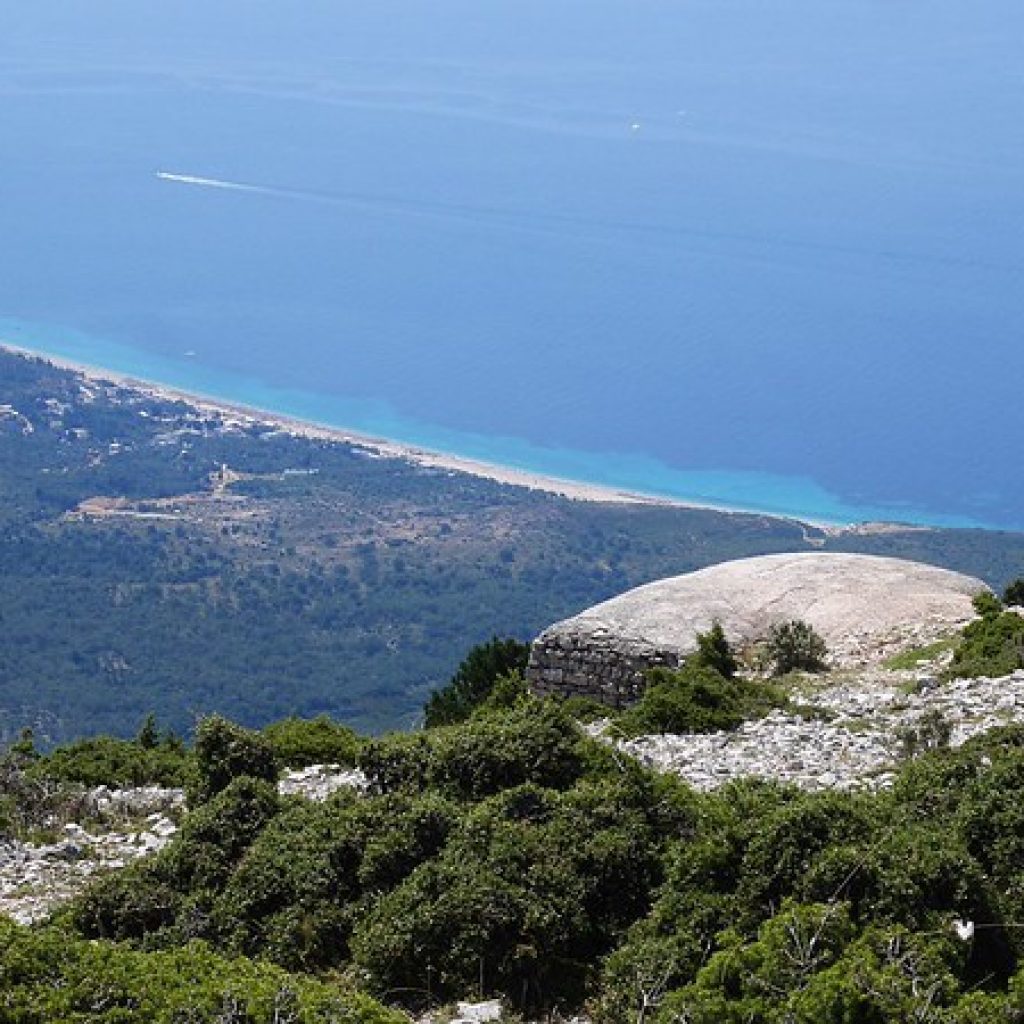
The beach of Palase
The beach of Palase, is the first beach, south of the Llogara Pass. Skydivers use the 1.5 km long beach as a landing place, parachuting down from the Pass. It is an impressive sight down there from the beach – the mountain starts at sea level and you can see the road winding its way up – until you lose it in the clouds.
This part of the region has traditional Mediterranean villages, as well as various historic castles and Orthodox churches. Not surprisingly, the scenery varies between mountain passes, white beaches, hidden caves, and marine fauna, citrus and olive plantations.
On top of the Llogara Pass, you can find some free parking space and a few decent restaurants overlooking the truly magnificent scenery.
The drive is definitely worth it. Don’t forget your camera!
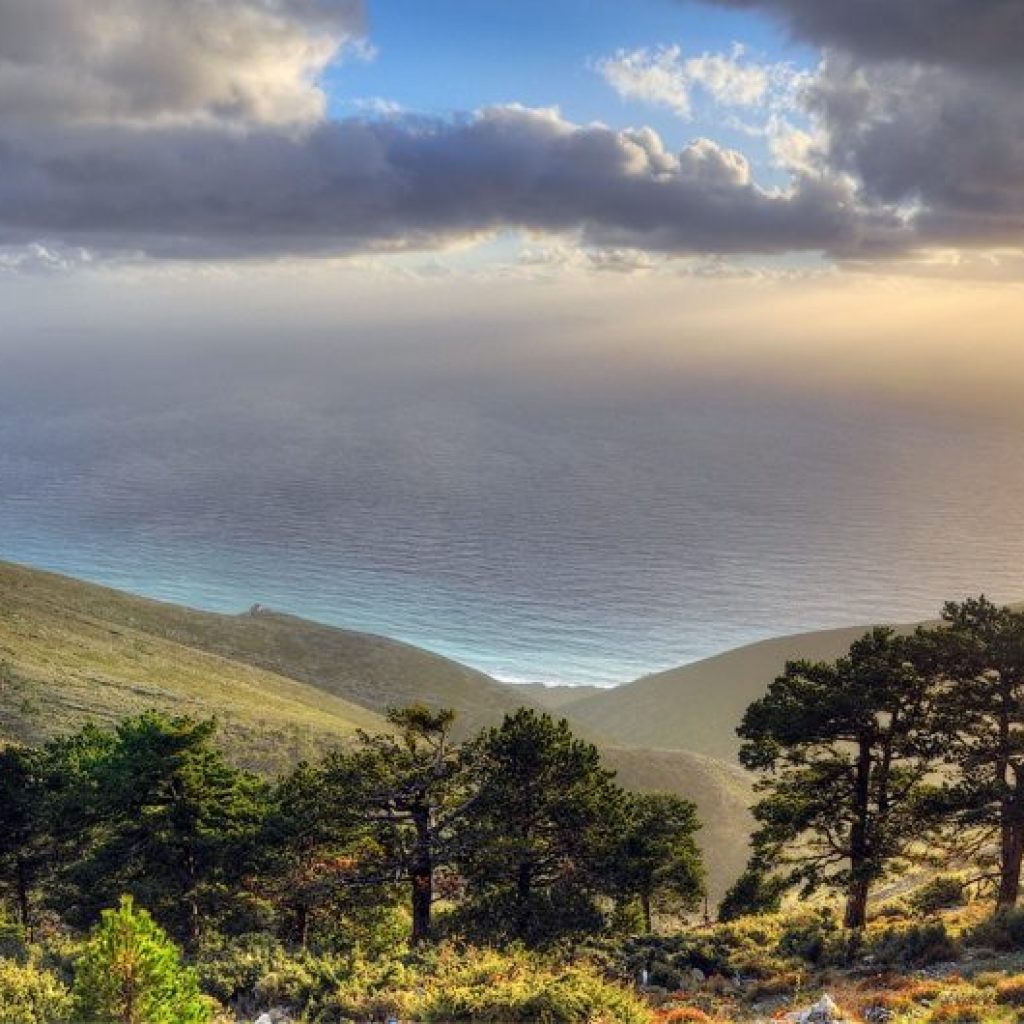
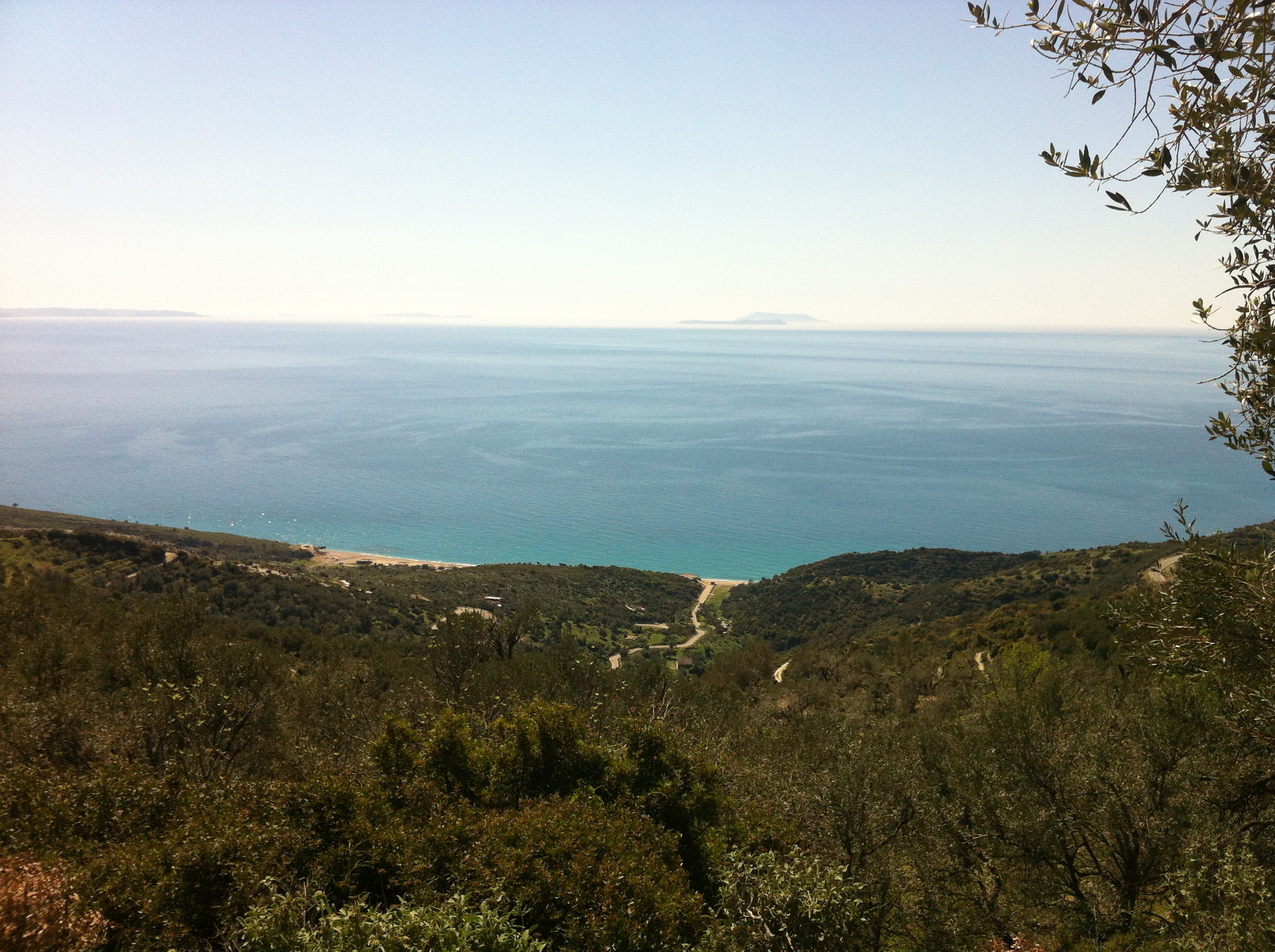
0 Comment